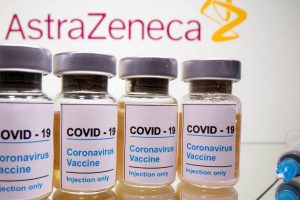About three in four antibiotics requests and three in five consultations in community pharmacies around the world result in the sale of antibiotics without a prescription, according to a systematic review and meta-analysis published in the Journal of Infection recently. In a review of 38 studies published from 2000 through 2017 on the frequency of non-prescription sale and supply of antibiotics in community pharmacies in 24 countries, an international team of researchers found that the overall pooled proportion of non-prescription supply of antibiotics following a patient request was 78 percent and the non-prescription supply of antibiotics based on community pharmacy staff recommendation was 58 percent.
Antibiotics were most commonly supplied to patients with symptoms of urinary tract infections (68%), upper respiratory tract infections (67%), and gastroenteritis (63%). Penicillins, fluoroquinolones, and macrolides, respectively, were the most commonly supplied antibiotics for these conditions.
Although all included countries, except one, classified antibiotics as prescription-only medicines, the overall pooled estimate of non-prescription supply of antibiotics was 62 percent, with non-prescription antibiotics being sold most frequently in community pharmacies in Indonesia (91%), Syria (87%), Saudi Arabia (85%) and Ethiopia (85%). Among the regions, the supply of non-prescription antibiotics was highest in Latin America (78%).
‘Despite the limitation of our review, the findings suggest that antibiotics are frequently supplied without prescription in many countries even where this supply remains illegal,’ the authors conclude. ‘This overuse of antibiotics could facilitate the development and spread of antibiotic resistance.’
The study was reported in CIDRAP’s Stewardship/Resistance Scan for Jul 06, 2018
— Third World Network




